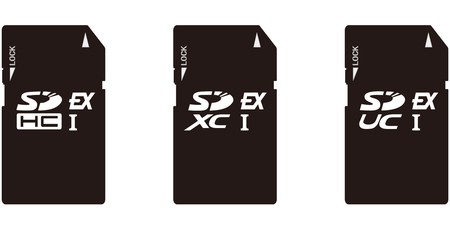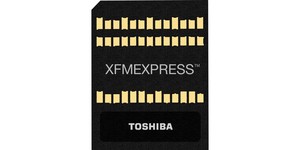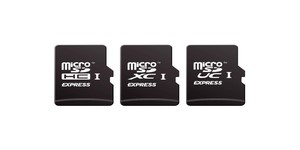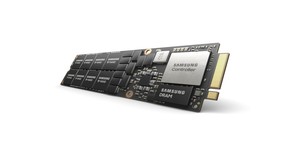SD Association launches SD Express standard
June 28, 2018 | 09:37
Companies: #nvm-express-incorporated #pci-sig #sd-association

The SD Association, NVM Express Incorporated, and the Peripheral Component Interconnect Special Interest Group (PCI-SIG) have jointly announced a new, high-speed, high-capacity standard for memory cards: SD Express.
Based on the PCI Express (PCIe) and Non-Volatile Memory Express (NVMe) standards, SD Express offers some impressive theoretical limits: up to 985MB/s data transfer rate and up to 128TB per-card capacity - though, of course, it could be years, if ever, before we see SD Express cards of that capacity.
'With SD Express we're offering an entirely new level of memory card with faster protocols turning cards into a removable SSD,' explains Hiroyuki Sakamoto, president of the SD Association. 'SD 7.0 delivers revolutionary innovations to anticipate the needs of forthcoming devices and content rich and speed hungry applications.'
'PCI-SIG is pleased to work with the SDA to jointly promote the SD Express memory card specification,' adds Al Yanes, PCI-SIG chair and president, following comments from Sakamoto that the use of PCI Express 3.0 reduced SD Express' time-to-market considerably. 'This liaison will strengthen both communities by furthering innovation in this space and supporting PCIe becoming another strong SD interface option.'
'NVMe is the industry-recognized performance SSD interface from the client to the data centre, shipping in millions of units,' adds Amber Huffman, president of NVM Express Incorporated. 'Consumers will benefit by SD Association adopting the NVMe specification for their new SD Express cards.'
The new standard builds on theoretical maximum throughputs for previous SD card standards, including the most recent SD-UHS-III, of up to 624MB/s. The 985MB/s maximum, however, will only be achievable when the card is used on SD Express compatible hosts; otherwise, SD Express cards will drop down to 104MB/s - lower than either SD-UHS-II or SD-UHS-II.
The same is true in reverse, the SD Association has confirmed: Any card other than an SD Express card will, when inserted into an SD Express host, be limited to 104MB/s at best. The reason: The new PCI Express lanes make use of the cards' second row of pins, which are currently used for UHS-II and UHS-III communication; this leaves UHS cards and readers dropping back down to the standard SD interface on the first row of pins, hence the loss of performance.
The SD Association has not yet indicated when the first products will be hitting the market, but has released an SD Express white paper (PDF warning) for interested parties.

MSI MPG Velox 100R Chassis Review
October 14 2021 | 15:04








Want to comment? Please log in.